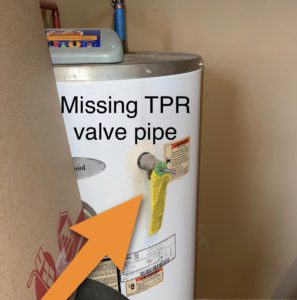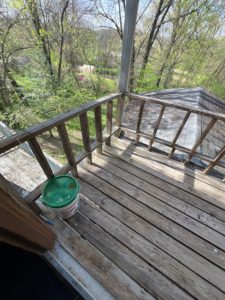What is a TPR Valve and common problems associated with it?

What is a TPR Valve?
A TPR (Temperature and Pressure Relief) valve is a safety device that is installed on a hot water heater or boiler to prevent excessive temperature and pressure buildup. It is designed to open automatically and release hot water and steam if the temperature or pressure inside the tank exceeds safe levels, which could otherwise cause the tank to rupture or explode.
The TPR valve is typically located on the top or side of the water heater or boiler and is connected to a discharge pipe that directs the water and steam outside the building. It is important to ensure that the TPR valve is functioning properly and is not obstructed or leaking to ensure the safety of the occupants and the building.
What are common problems with TPR valves?
Leaking: A leaking TPR valve can be caused by various reasons such as corrosion, sediment buildup, and wear and tear. It is essential to replace a leaking TPR valve promptly as it can result in significant water damage.
Improper installation: If the TPR valve is not installed correctly, it can lead to several problems such as water leaks, low water pressure, or failure of the valve to function correctly.
Faulty Valve: A faulty TPR valve can fail to discharge water when needed, leading to potential over pressure or overheating of the system. This can be due to manufacturing defects or damage to the valve caused by wear and tear.
Inadequate Maintenance: If the TPR valve is not checked regularly, sediment buildup and corrosion can occur, leading to the valve’s failure to discharge water.
Blockages: Sediment or debris buildup in the TPR valve can cause blockages, leading to the valve’s failure to discharge water when needed.
What are some requirements for TPR drainage pipes?
Size: The TPR drainage pipe should be at least equal in size to the TPR valve’s outlet. The size of the pipe should not be reduced or restricted in any way, as this can affect the discharge of water.
Material: The TPR drainage pipe should be made of durable and heat-resistant materials such as copper, CPVC (Chlorinated Polyvinyl Chloride), or PEX (Cross-linked Polyethylene).
Length: The TPR drainage pipe should be long enough to discharge the water safely to a suitable location outside the building. The pipe should terminate at a visible location and not be capped, plugged, or connected to any other piping.
Slope: The TPR drainage pipe should slope downward towards its termination point to ensure that the water drains completely and does not stagnate in the pipe.
Protection: The TPR drainage pipe should be protected from damage, freezing, and exposure to the elements. It should be installed in a location where it is easily accessible for inspection and maintenance.



